How to Start Your Modeling Portfolio
While it may all seem super confusing initially – creating a modeling portfolio isn’t as daunting a task as it seems. I come up with everything you need to know about building a modeling portfolio for all you newbies. We have also included what we should expect from a model photographer too.
Why Create a Modeling Portfolio
When you start in the modeling and fashion world, you realize that nothing other than an awesome modeling portfolio would give you the head start you deserve. And that’s why, even before you step into this glamorous world, you need to have your modeling portfolio ready.
Model photography is no easy task; there will be a fair share of successful shoots, resulting in great shots. But again, you have to brace yourself for the not-so-good shoots, too. Choose a good photographer wisely!
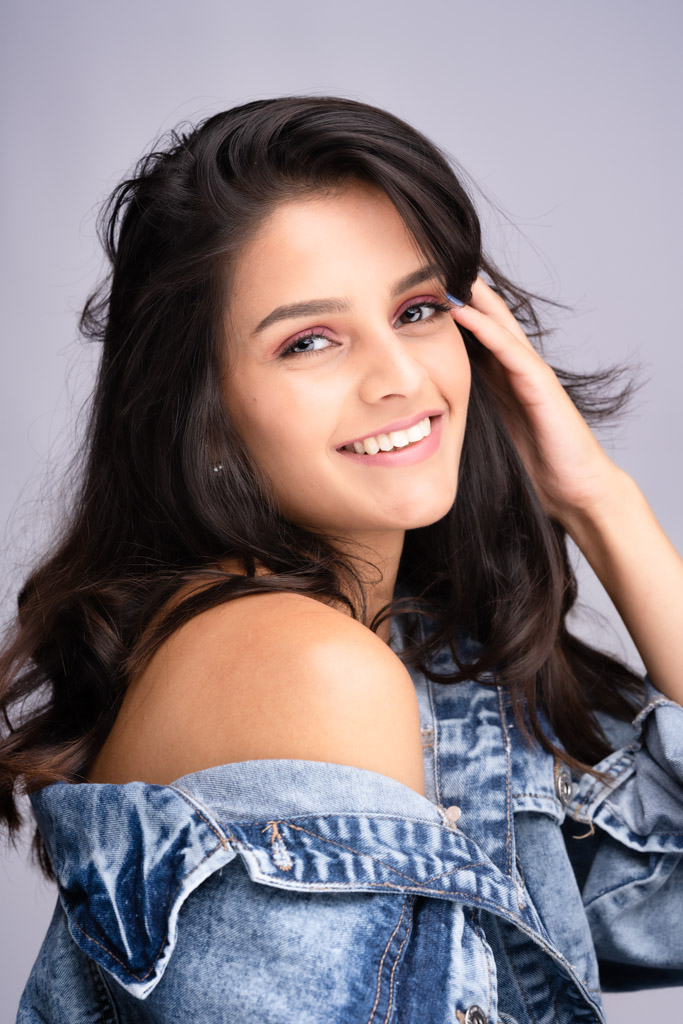
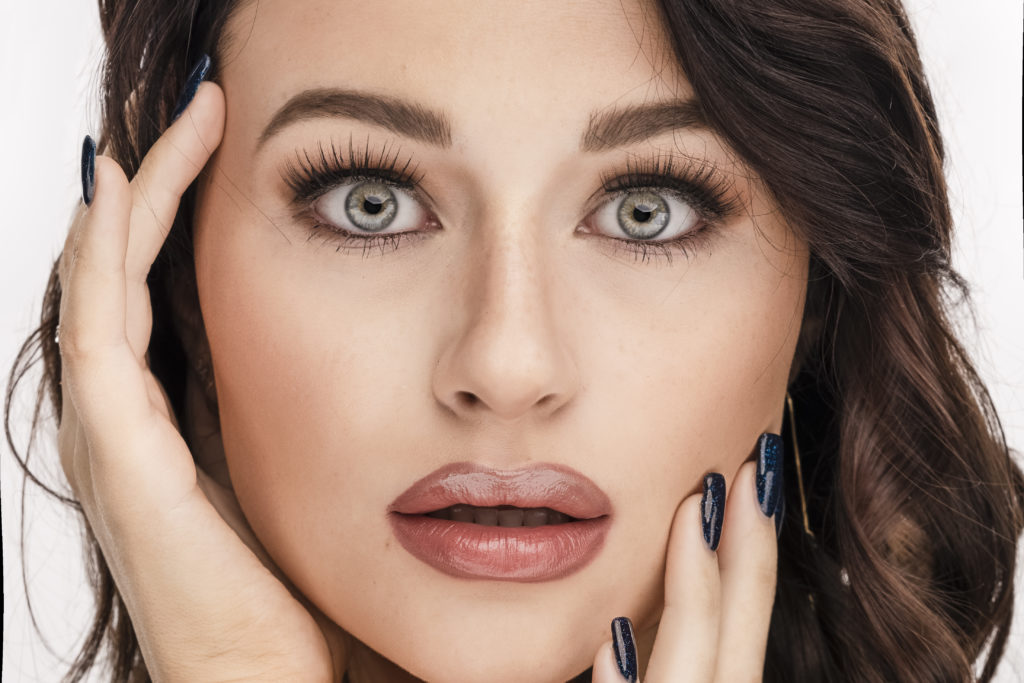
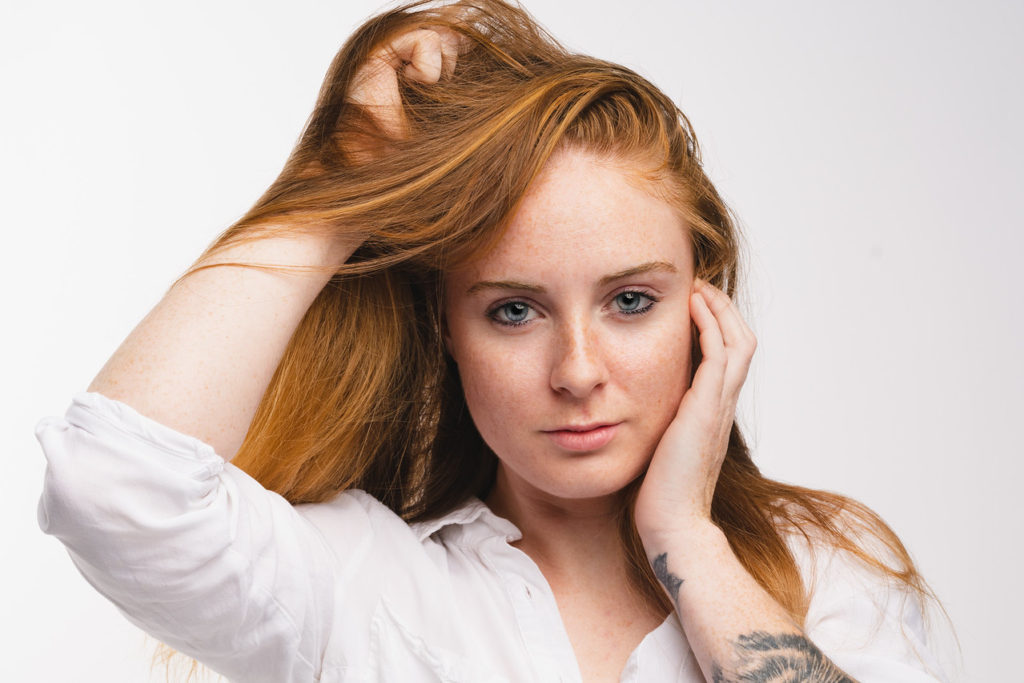

What to Consider When Creating a Modeling Portfolio
Establish Your Modeling Portfolio
The first thing you need to do is decide on the type of portfolio you are interested in creating – whether it’s fashion, commercial, or advertising. You need to be very clear right at the beginning as to what you intend to create. Different portfolios have different expectations, which is why deciding in the initial stages will help you in the process of shooting too.
Take, for example, a commercial portfolio – in this type, you have to be as diverse as possible. You should be able to display your range as a model and your ability to express yourself. To better understand, look at print ads in magazines where models are crying, laughing, or act surprised. Your ability to express diverse emotions is what needs to be captured in a commercial portfolio.
Likewise, a fashion portfolio is more about your ability to move and express yourself in photos. You can have fun in this one, as it’s all about how creative you can get! To build the perfect fashion portfolio, editorial photography is a great way to go.
Type of Model Photos to Showcase
You definitely want your model portfolio to be comprehensive – with shots of the most flattering angles of your face as well as body. Apart from adding some impressive model headshots, other essential shots you need to consider are an editorial, swimsuit, and full-length body shots, too. You can also include a beauty shot (also known as a clean shot), which shows how you look in your most natural, makeup-free look. Add a smiling shot to your portfolio to ensure variety.

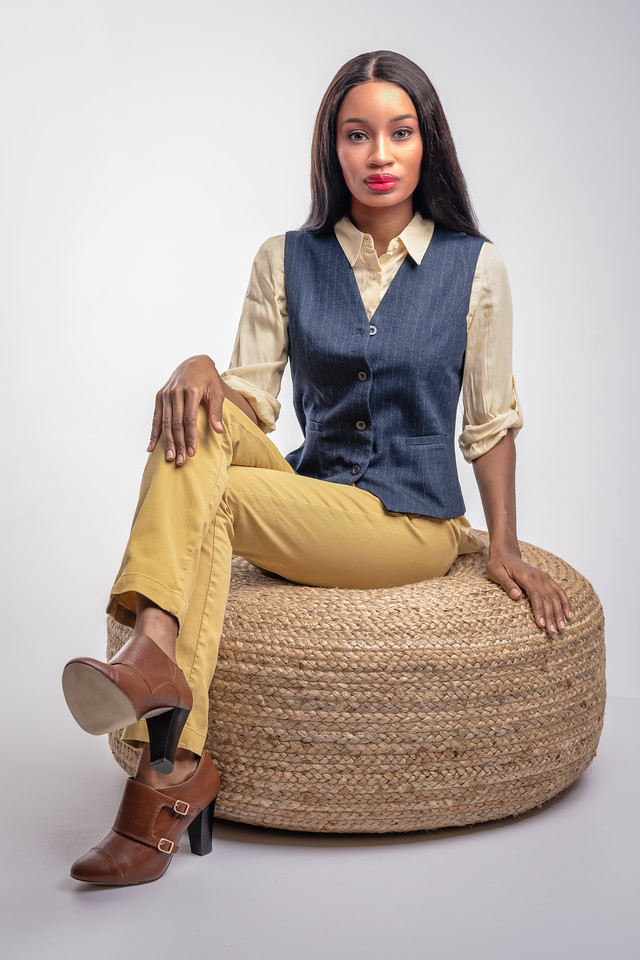
Pre-Shoot Preparation
Let’s be honest – not everyone is comfortable with photoshoots. We tend to get nervous when it comes to facing the camera or the photographer. But a little practice, and you can kick the nervousness out, and a good photographer will understand how to work best with a variety of personalities.
So here’s what you have to do – experiment with poses until you find the ones that work well for you. Get a friend (who will give you honest feedback) to rate your poses. Along with poses, also work on the costume and makeup. If you don’t have enough funds to hire a makeup artist or a costume designer, you can always seek help from a reliable friend.
No matter what stage of your career, always make the most of every photoshoot you invest in. So put your best foot forward and leave a lasting impression.
What to Expect From the Photographer?
Most people keep emphasizing the fact that you don’t really need a professional photographer for your portfolio right at the beginning. But hear us out: why compromise on the quality of your portfolio shots when you can give the best first impression out there? That’s precisely why you need to hire a professional photographer who is well-versed with a perfect model portfolio’s requirements.
Checking reviews, ratings, and portfolio specimens of photographers are important. Browse through multiple photographers before you finally zero in on one. Another aspect you need to look into is the accreditation of the photographer. This will help you stay away from amateurs in the guise of photographers.
Should You Have to Pay for the Photos?
Whether or not you have to pay for your portfolio photos totally depends on the agency you are working with. If the agency is generous enough, they will cover the cost of your portfolio photoshoot. If not, you have to bear the expenses. Be prepared to do the latter, as it is more prevalent.
If you will be paying for yourself, do ensure you discuss that with the photographer before the shoot to be clear about payment terms and conditions. Thoroughly enquire about the rate cards of the photographer you have selected, to make an informed decision. You could also ask if the photographer offers any model photography packages (which usually are great deals) that you could purchase.
Will the Photographs be Retouched?
Irrespective of how real and authentic you want your portfolio to be, you can’t really escape editing. But you can do what’s in your hands – ask the photographer to what extent they would be editing your photos. Take your shot and even ask them if they are okay with leaving the images untouched. If the photographer agrees, it’s great! If not, you would have to put up with whatever final touches the photographer chooses to incorporate in your photos. Some editing is usually necessary.
Will All the Photographs Include Watermarks?
You don’t want a watermark marring your pretty portfolio. So it is better to be clear about this before the photoshoot itself. Ask your photographer if they are okay with shooting images without a watermark. Most great photographers don’t even include watermarks in the images they capture. Instead, they let their work speak for itself. If you are lucky enough to find an exceptional photographer right at the beginning of your career, work it!
Communicating With the Photographer
If you want your photographs to stand out, the first step you need to take is to communicate the same to your photographer. Give them a proper idea of the type of photographs you wish to include in your portfolio. The number, type, and color of photographs you would like to get developed should be communicated to the photographer right at the beginning. This way, it is easier for the photographer to turn your ideas into reality.
Keep yourself open to ideas from the photographer too. They are quite experienced in model photography, and their creativity is what you need for a magical portfolio. At the same time, you do not need to give in to every suggestion that your photographer comes up with. For example, swimsuits or nude shots are not mandatory in a good model portfolio. If you are not comfortable with something, simply refuse.
Communication Before the Shoot
First and foremost, find yourself a photographer you are comfortable with. This first step will put you at ease and prevent all the nervousness you could experience during the photoshoot. Have a brief talk with the photographer before the photoshoot. In this pre-photoshoot discussion, you can cover a range of topics such as:
Number and Size of Photographs
Anything between six to twenty photographs works well for a photoshoot. Opt for a higher number of photographs, as you get the liberty to pick the best one for your portfolio. While you are at the number of shots, also talk about the size of the photographs. The standard size of photos is 8X10 inches, while other sizes include 9X12 and 11X14 inches.
Have a clear discussion with the photographer well in advance about this so that they are well-aware of the same on the day of the shoot. Also, this would help you fix the charges for the photoshoot.
Type of Photographs
Depending on your portfolio, select the type of photographs that would go into it. A perfect headshot, a full-body shot, a black and white shot, a color shot, a no-makeup-look shot – the possibilities are endless. While you know what kind of shots you need to add to your portfolio, make sure your photographer has an idea about this, too.
Digital Versions of Your Photos
Your photographer will offer you limited prints of your portfolio photography. Do make sure you get the high-resolution digital versions of your photographs after the shoot is done. This will be a great cost-saving option while also allowing you to use digital prints to create your online presence. Not all photographers agree to share the soft copies of photographs they have captured, so do talk about this before the shoot begins.
Makeup and Costume Artists
If you have found a good makeup artist and costume designer for yourself, you wouldn’t need to worry about this. But if you haven’t tried talking about it with your photographer, you can always ask. Usually, photographers have tie-ups with costume designers and makeup artists.
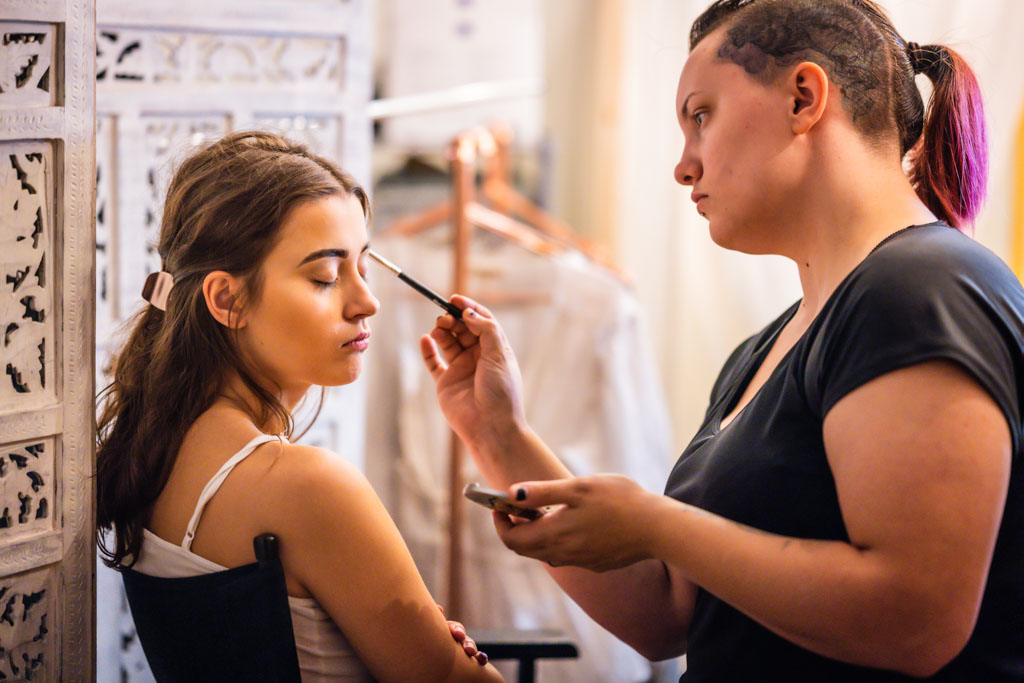
Communication After the Photography Session
This interaction is just as important as the one before the photoshoot. After a successful shoot, don’t forget to leave a thank you note for the photographer. After all, professional etiquettes matter! Apart from this, here are some things you need to remember to post the photoshoot:
Collect Your Invoice
A responsible photographer would share the invoice right away. But if they don’t, remind them to share the invoice at the earliest. This would be particularly helpful if your agency will be reimbursing the photoshoot charges.
Get Involved in the Post-Processing Stage
If you want your photographs to look a particular way, you have to convey it to the photographer. Try to get as involved as you can during the editing stage to get the results as desired. After all, it is your portfolio. Don’t compromise on any aspect.
Collect Your Images as Well as the Signed Print Release
As simple as this seems, make sure you collect both types of images: ones with the watermark and ones without. You should also be able to take out image prints as and when you require them – which is why you need to get the signed print release from your photographer. It states that the photographer has no issues or claims if you choose to print the images for your future usage.
Summary of Creating a Modeling Portfolio
Once you are done with the photoshoot, direct all your efforts towards creating a perfect, eye-catchy portfolio. Pick the best photographs and place them in your portfolio. Portfolios have gone digital now, making it even easier for you to design one for yourself. We hope all of these tips help you create a mesmerizing model portfolio for yourself. Good luck!
